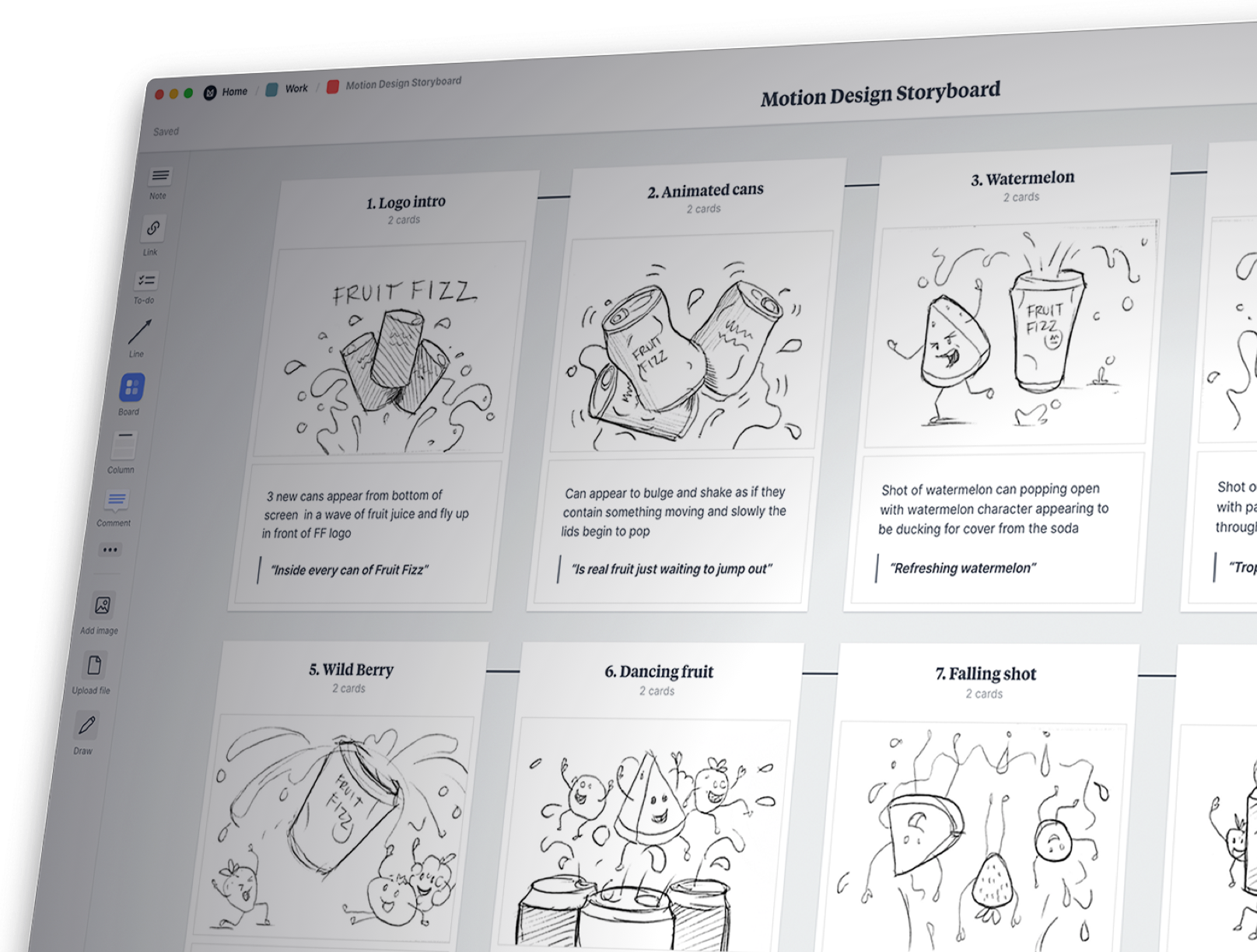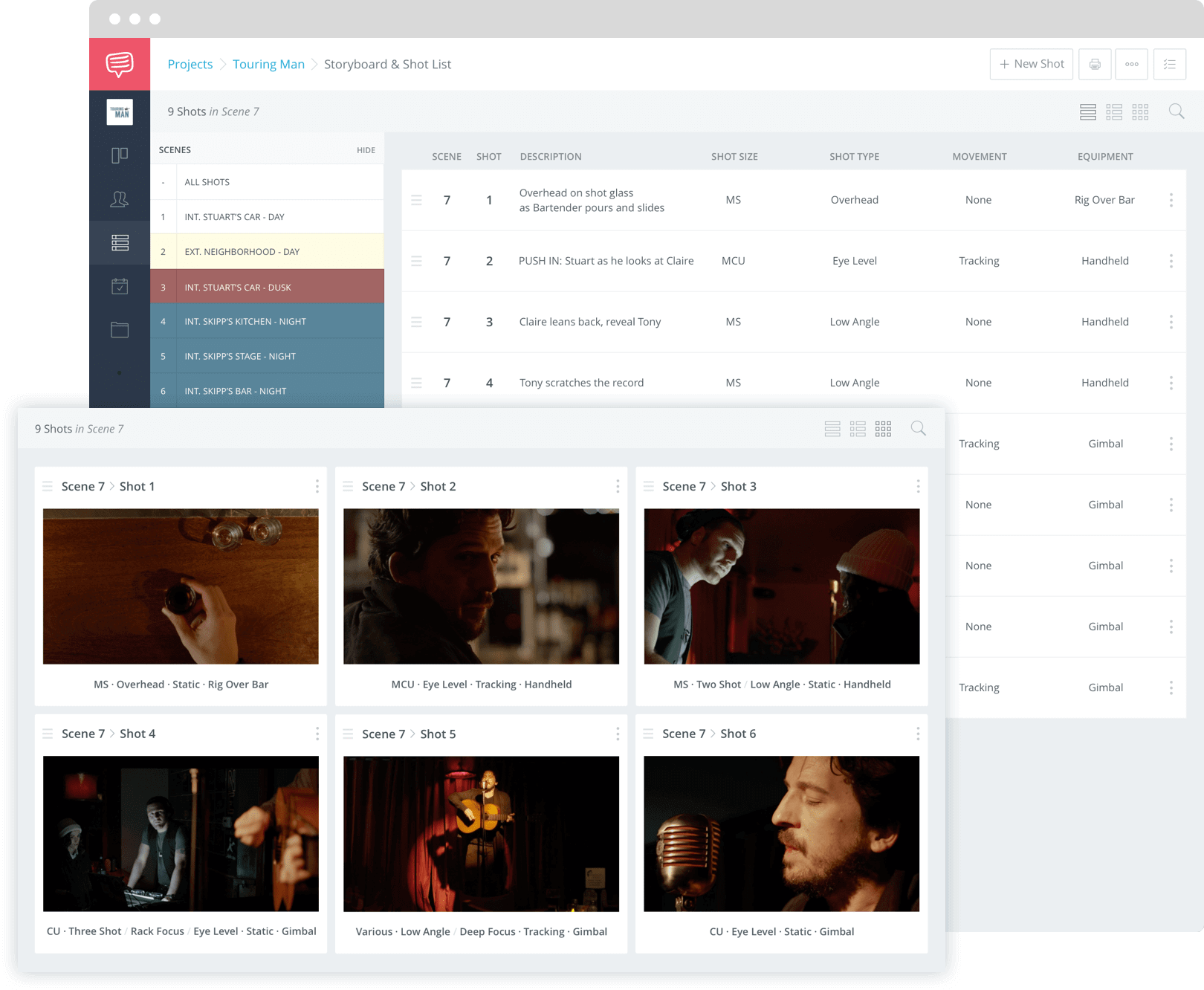

The storyboard structure is therefore the starting point for the technical writers. It makes sure there is a guide on word or page counts for each part of the question and essentially makes sure that every part of the question is addressed.

These should always be clearly addressed in the answer structure during the storyboard stage. For example, ‘demonstrable’ or ‘evidenced’ means case studies or where have you done this before. All of the criteria should be addressed in the answer in an obvious way that can be identified by the evaluator. If the criteria say ‘added value’ then the answer structure must make it clear, with a heading or statement, that this part of the answer is the added value piece that you can award points for. The storyboard should reflect the evaluation criteria and structure the answers to them. The evaluation criteria may say that ‘additional benefits’ or ‘added value’ or ‘demonstrable added benefits’ are required for that score, these points need to be explicitly addressed. Sometimes the evaluation criteria will say ‘full marks for a compliant answer’, but in many cases this is not so, and a fully compliant answer may only score 50% of the available marks.
ONLINE STORYBOARD FOR WRITERS FULL
It is what the evaluator will score against and hence it should be obvious to the evaluator that our answer gets full marks. The evaluation criteria should be the absolute guide to storyboarding, writing, editing and reviewing the answers that we provide. The storyboard should refer to the key documents that need to be addressed in each answer, making reference to the impact that each document has on the answer.

This analysis should be a living document and updated as client clarifications are issued. The full tender set should be added to the bid library and the analysis made available to all members of the bid team. All documents should therefore be reviewed and thoroughly analysed to ensure that there aren’t any clarifications or suggestions that could have an impact on the way we develop our solution.

The driving force behind the storyboard is the evaluation criteria and how the evaluators will score the bid. It is a formal step in the process specifically designed to halt the “rush to write” and to focus on analysing what should be written rather than what we want to write. Storyboarding is a formal process of analysing the question, evaluation scores and themes that we want the evaluators to be aware of. It is the time when you study all the client material and produce answer structures that the writers can follow. The storyboard phase of a bid is the planning stage. This is frustrating for the writers and adds to bid investment. The rush to write is understandable but writing without planning can lead to nugatory work by the writing team or having to revisit and rework elements of the bid. There is a mistaken belief when bidding that “if you are not writing, then you are not bidding”. Here’s a bit more information on the bid storyboarding process for your guidance: The Bid Team can help you storyboard your bid responses making sure that key messages and win themes are reflected in correctly structured answers focused on the evaluation criteria.


 0 kommentar(er)
0 kommentar(er)
